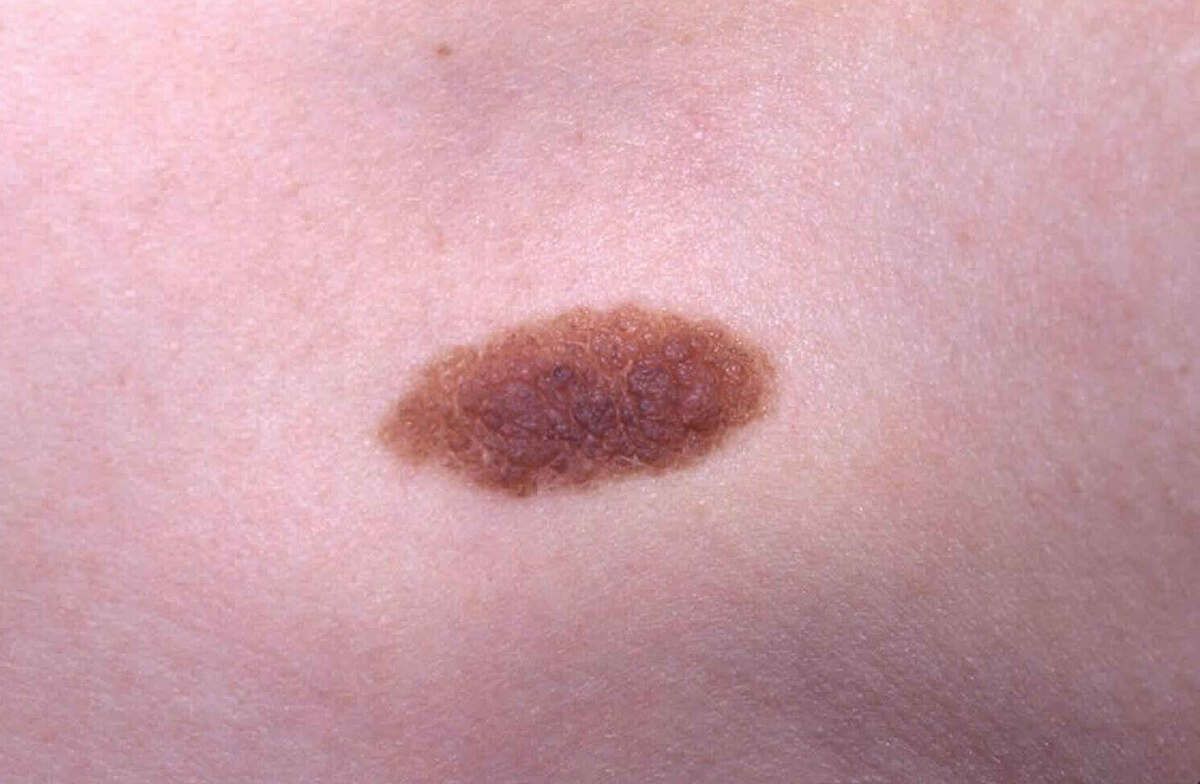
Dysplastic Nevus Syndrome is a condition that affects the skin, leading to the development of atypical moles. These moles, often larger and more irregular than common ones, can sometimes be a precursor to melanoma, a serious form of skin cancer. Understanding Dysplastic Nevus Syndrome is crucial for early detection and prevention of potential complications. This condition often runs in families, making genetic factors significant. Regular skin checks and monitoring changes in moles are essential steps in managing this syndrome. In this post, we'll explore 20 key facts about Dysplastic Nevus Syndrome, shedding light on its causes, symptoms, and preventive measures.
What is Dysplastic Nevus Syndrome?
Dysplastic Nevus Syndrome (DNS) is a condition characterized by the presence of atypical moles, known as dysplastic nevi. These moles can appear anywhere on the body and may look different from common moles. Understanding DNS is crucial for early detection and management.
-
Dysplastic nevi are atypical moles: These moles often have irregular shapes, uneven colors, and larger sizes compared to regular moles.
-
Genetic factors play a role: DNS can be inherited, meaning it often runs in families. If a parent has the syndrome, their children have a higher risk of developing it.
-
Increased melanoma risk: Individuals with DNS have a higher chance of developing melanoma, a serious form of skin cancer. Regular skin checks are essential.
Symptoms and Identification
Recognizing the signs of DNS can help in early diagnosis and treatment. Here are some key symptoms and identification methods.
-
Asymmetry in moles: Dysplastic nevi often have an asymmetrical shape, meaning one half doesn't match the other.
-
Border irregularities: The edges of these moles are usually uneven, notched, or blurred.
-
Color variation: These moles can have multiple colors, including shades of brown, black, red, or pink.
-
Diameter: Dysplastic nevi are typically larger than common moles, often exceeding 6 millimeters in diameter.
-
Evolving moles: Any changes in size, shape, color, or elevation of a mole can be a sign of DNS.
Diagnosis and Monitoring
Early detection and monitoring are vital for managing DNS. Here are some methods used by healthcare professionals.
-
Dermatologist examination: Regular check-ups with a dermatologist can help in identifying and monitoring dysplastic nevi.
-
Dermatoscopy: This tool allows dermatologists to examine moles more closely, providing a detailed view of their structure.
-
Biopsy: If a mole looks suspicious, a biopsy may be performed to determine if it is cancerous.
-
Photographic documentation: Taking regular photos of moles can help track any changes over time.
Treatment Options
While there is no cure for DNS, several treatment options can help manage the condition and reduce the risk of melanoma.
-
Surgical removal: Suspicious moles may be surgically removed to prevent them from becoming cancerous.
-
Laser therapy: This method can be used to remove dysplastic nevi with minimal scarring.
-
Topical treatments: Certain creams and ointments can help reduce the appearance of dysplastic nevi.
-
Regular skin checks: Frequent self-examinations and professional skin checks are crucial for early detection of any changes.
Preventive Measures
Taking preventive steps can help manage DNS and reduce the risk of melanoma.
-
Sun protection: Using sunscreen, wearing protective clothing, and avoiding peak sun hours can help protect the skin from harmful UV rays.
-
Avoid tanning beds: Tanning beds can increase the risk of skin cancer, so it's best to avoid them.
-
Healthy lifestyle: Maintaining a healthy diet, regular exercise, and avoiding smoking can contribute to overall skin health.
-
Education and awareness: Learning about DNS and educating family members can help in early detection and management of the condition.
Staying Informed About Dysplastic Nevus Syndrome
Understanding Dysplastic Nevus Syndrome is crucial for managing skin health. This condition involves atypical moles that can increase the risk of melanoma, a serious skin cancer. Regular skin checks and monitoring changes in moles are essential steps. Early detection can make a significant difference in treatment outcomes.
Consulting a dermatologist for personalized advice and routine screenings is highly recommended. They can provide guidance on identifying suspicious moles and recommend preventive measures. Staying informed about the latest research and treatment options can also empower individuals to take proactive steps in managing their skin health.
Remember, knowledge is power. By staying vigilant and informed, you can effectively manage Dysplastic Nevus Syndrome and reduce the risk of melanoma. Prioritize regular check-ups and stay updated on the latest advancements in skin care. Your health is worth it.
Was this page helpful?
Our commitment to delivering trustworthy and engaging content is at the heart of what we do. Each fact on our site is contributed by real users like you, bringing a wealth of diverse insights and information. To ensure the highest standards of accuracy and reliability, our dedicated editors meticulously review each submission. This process guarantees that the facts we share are not only fascinating but also credible. Trust in our commitment to quality and authenticity as you explore and learn with us.


